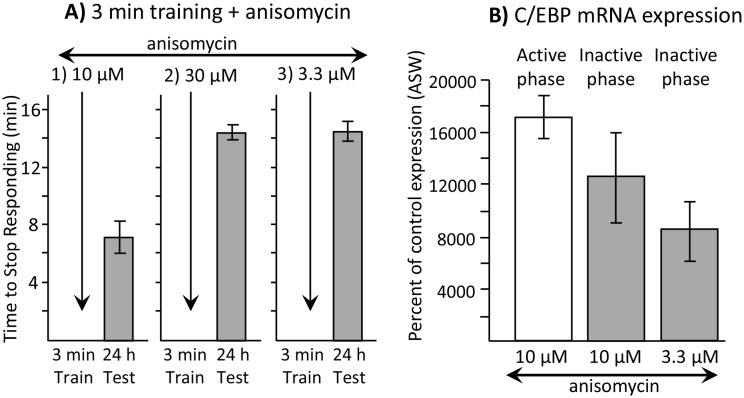Figure 7. Dissociation between memory and C/EBP expression.
Data are from A. californica. (A) Neither 30 µM (N = 6) nor 3.3 µM (N = 7) anisomycin injected 10 min before a brief training during the inactive phase produce 24 hr memory. The times to stop responding 24 hr after treatment with 30 µM anisomycin and 3.3 µM anisomycin are significantly longer than the time to stop 24 hr after 10 µM (N = 5) anisomycin (for 30 µM: p=0.005, t = 5.98, df = 9; for 3.3 µM: p=0.0002, t = 6.42, df = 10; two tailed t-tests with Bonferroni corrections). (B) C/EBP expression in the buccal ganglia 2 hr after injecting 10 µM anisomycin during the active (N = 5) and inactive (N = 6) phases increases, and after injecting 3.3 µM (N = 6) anisomycin during the inactive phase. Data are normalized to C/EBP expression in animals that were injected with ASW (not shown). Normalization was to the ASW treatment at the same time as the anisomycin treatment (N = 6 during the active phase, N = 5 during the inactive phase). There were no significant differences in C/EBP expression after ASW treatment between active and inactive phases. Expression after ASW treatment was set at 100%. All treatments with anisomycin produced large (X thousand percent) increases in C/EBP expression, although only 10 µM anisomycin during the inactive phase produces long-term memory when paired with training (For the 3 groups shown: p=0.139; F(2,14) = 2.27.
DOI: http://dx.doi.org/10.7554/eLife.17769.015

